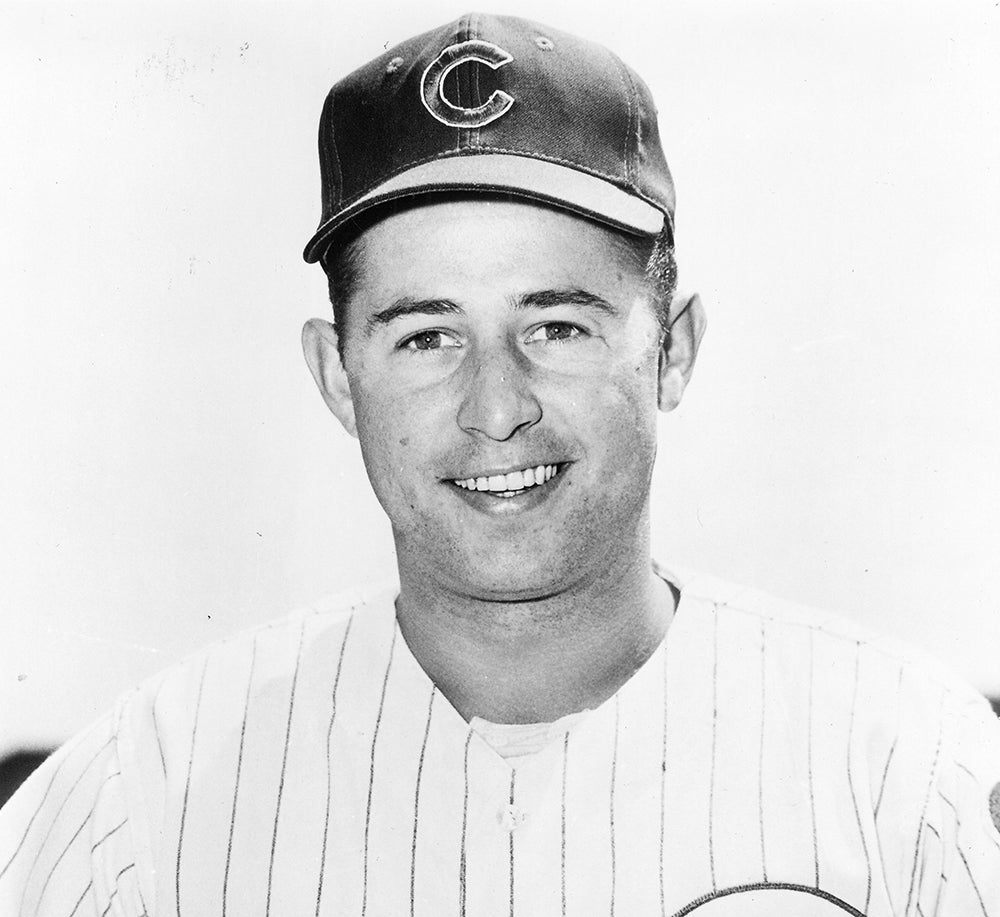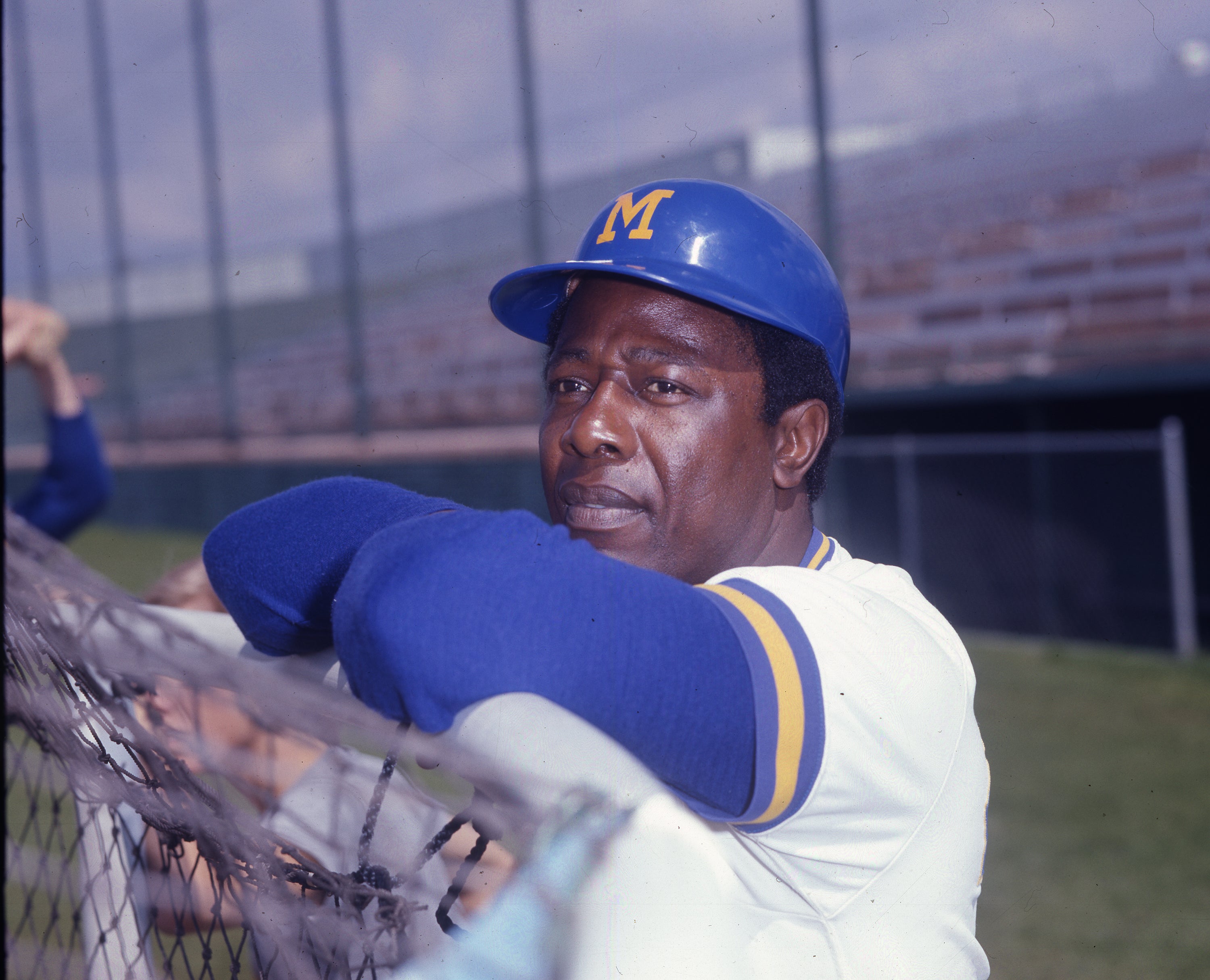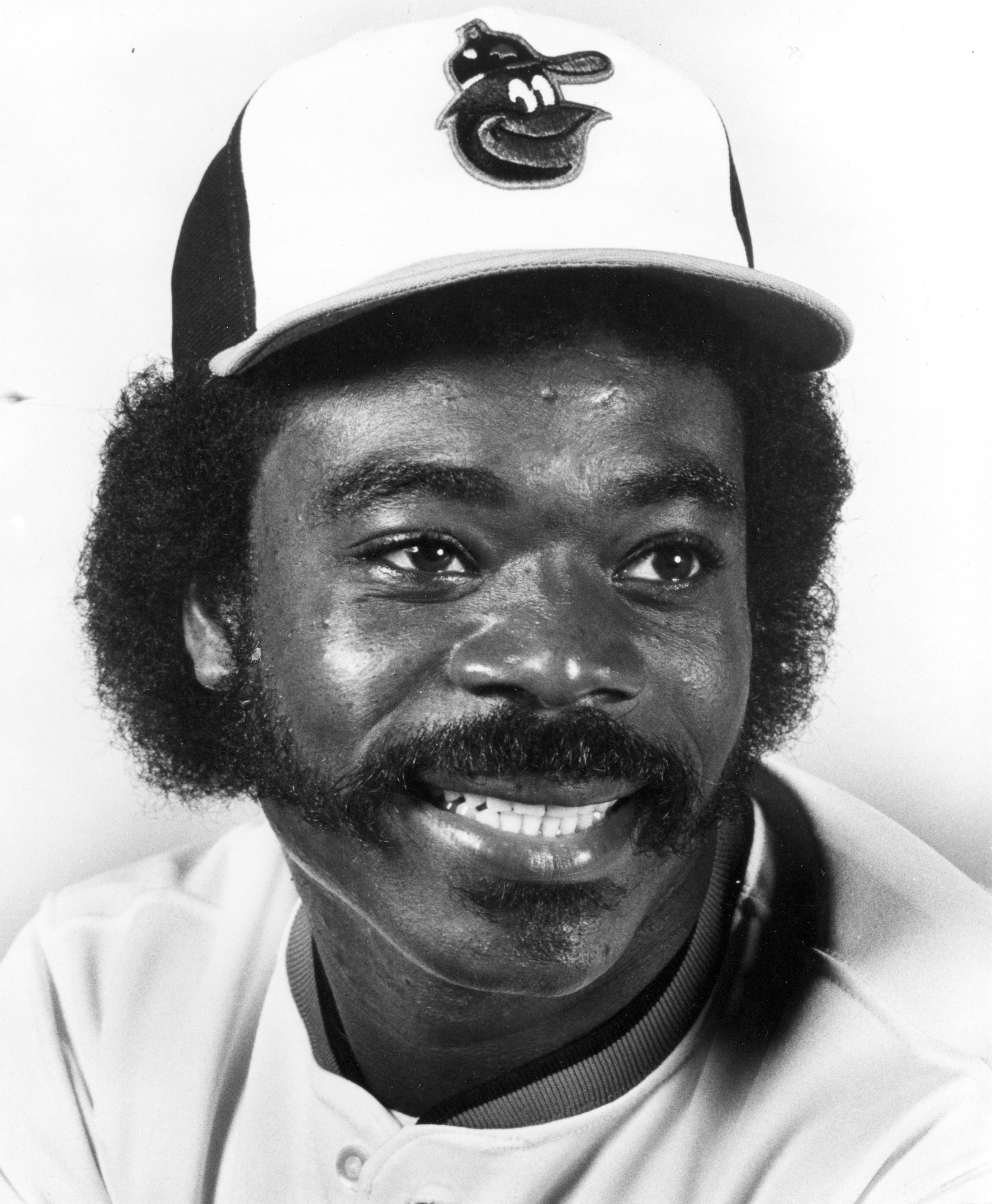- Home
- Our Stories
- Thomas set tone for production early in his career
Thomas set tone for production early in his career
The “Big Hurt” put, well, a big hurt on the Brewers when he totaled a career high six RBI on May 15, 1996 as the White Sox triumphed over Milwaukee 20-8.
Batting third in Chicago’s order, Frank Thomas went 2-for-5 that night with a walk, needing only a deep line drive double and a mammoth home run to plate six runs – with each hit producing three RBI. Thomas and fellow future Hall of Famer Harold Baines combined to drive in nearly half the White Sox’s runs en route to the South Side blowout.
Hall of Fame Membership
There is no simpler, and more essential, way to demonstrate your support than to sign on as a Museum Member.
Official Hall of Fame Apparel
Proceeds from online store purchases help support our mission to preserve baseball history. Thank you!
The game was delayed by almost two hours by fog, and only a handful of fans from the announced crowd of 8,733 at Milwaukee’s County Stadium remained at game’s end.
In the top of the eighth inning, with Chicago ahead 17-5, the Brewers chose to intentionally walk Thomas with Ozzie Guillen on second and two outs, denying Thomas a chance at another RBI.
“It really didn’t surprise me,” Thomas told the Chicago Tribune. “I hit the ball hard all night and they had a lefty on the mound (Kevin Wickander), so they just said, ‘Forget it.’”
With the season only a month and a half gone, those six RBI brought Thomas’ season total up to 40.
Thomas would go on to drive in 94 more runs in a year that saw him earn a spot at the All-Star Game, as well as placing eighth in the American League MVP voting.
It was his fifth of what would prove to be seven straight seasons with at least 20 home runs, 100 RBI, 100 walks and a .300 batting average – the longest streak in major league history.
In a time when players were tallying staggering offensive numbers, Thomas still managed to stand above the rest. He spent the entirety of his 19-year career terrorizing pitchers in the American League, and earned back-to-back AL MVP Awards in 1993-94.
Unlike other power-hitters of the era, Thomas took great care at the plate: Only twice during his time in the big leagues did his strikeout rate climb above 20 percent, and he retired with a 13.9 percent career strikeout rate, nearly three points less than his career walk rate.
A four-time Silver Slugger and five-time All-Star, Thomas played all but his final three seasons with Chicago.
Thomas retired with nine seasons of 100 or more runs, RBI and walks, the third-most in history at that time behind fellow Hall of Famers Babe Ruth and Lou Gehrig.
He was elected to the Hall of Fame in 2014 in his first year of eligibility.
Isabelle Minasian was the digital content specialist at the National Baseball Hall of Fame and Museum
Related Stories

Santo debuts with five RBI in doubleheader for Cubs

Rickey Henderson’s two RBI lead A’s to 11th straight win to start 1981 season

Hank Aaron collects RBI single in his final big league at-bat

Murray passes Mantle for top spot on switch-hitter RBI list

Santo debuts with five RBI in doubleheader for Cubs

Rickey Henderson’s two RBI lead A’s to 11th straight win to start 1981 season

Hank Aaron collects RBI single in his final big league at-bat







